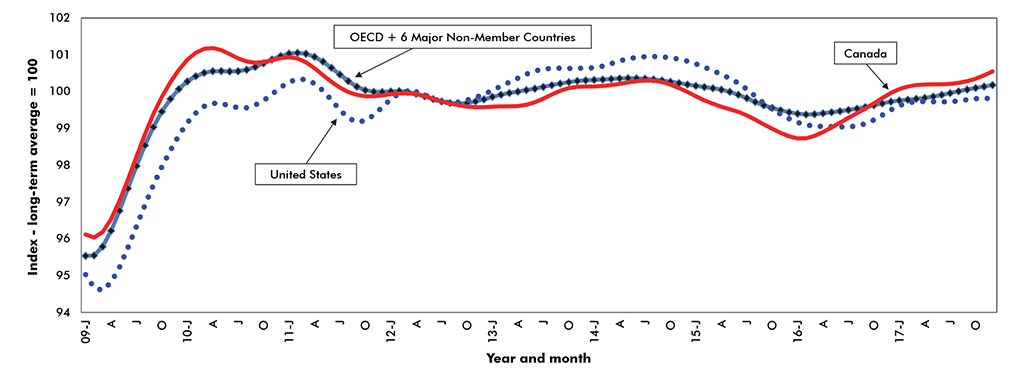The headline “Dow Jones has largest single day point drop” definitely has an end of the world ring to it.
However, a less hysterical analysis might have reported that, after posting a 33% increase over the previous 52 weeks, the Dow Jones Industrial Average corrected by 8.5% since the beginning of February.
Moreover, this drop in stock prices was widely anticipated by many market watchers, particularly those who have seen the market catch its breath following previous unsustainably steep uphill climbs.
Although the epicentre of the stock price correction was the U.S., its impact was felt globally. While it is impossible to directly link this stock price correction to a specific event, the proximate cause appears to have been the spectre that Jerome Powell, the recently appointed chairman of the U.S. Federal Reserve, was soon going to raise interest rates more quickly than expected to dampen inflationary tendencies ignited by the higher than anticipated (by most analysts) 2.9% jump in January average hourly earnings, which occurred against a background of near full employment.
Financial market volatility aside, a number of recent forward reports suggest that the near-term outlook for the global economy remains upbeat. First, in its World Economic Outlook Update released in Davos, Switzerland in late January, the International Monetary Fund (IMF) noted that global economic activity was continuing to “firm up”. Not only did the IMF boost its estimate of global growth in 2017 up from 3.6% to 3.7%, it now anticipates growth in 2018 and 2019 at 3.9%, which is 0.2% stronger than it projected in October of 2017. The IMF observed that this improved growth outlook was broadly based with new contributions from Asia and Europe.
While not quite as bullish on growth as the IMF, the picture painted by the World Bank’s Global Economic Prospects in January of this year is also quite positive. As with the IMF, the World Bank acknowledges that the “global economy is experiencing a cyclical recovery” against a background of “benign global financial conditions… rising confidence and firming commodity prices”.
Finally, in its General Assessment of the Macro Economic Situation, the Organization for Economic Co-operation and Development (OECD) observed that the “global economy is now growing at its fastest pace since 2010” and the upturn is synchronized across countries. For 2018, the OECD growth projection is in the same ballpark as those of the IMF. This improving outlook for growth in the majority of developed countries, in the United States and in Canada is illustrated in the chart.
No outlook for the U.S. economy can ignore the impact on consumer spending and business investment of the recent major reduction in U.S. personal and corporate income taxes. While there are some reports that the complexity of the new tax regulations is temporarily causing some small businesses to postpone sharing their lower taxes with their employees, an expanding number of large companies, including AT&T, Walmart, Home Depot and Apple, to name just a few, have already apportioned their increased after-tax revenues with their employees by awarding bonuses, raising minimum wages and/or boosting benefits.
We expect that this uptick in personal income will translate into stronger growth of consumer spending in the first half of this year. In view of the fact it takes time for firms to revise their investment plans, the more significant impact of the reduction in corporate taxes in the form of increased spending on plant and equipment will probably not show up until the second half of this year, but should persist through 2019 and into 2020.
Given that several forward looking indicators, including the Conference Board’s Leading Economic Index, both the ISM’s Manufacturing and Non-Manufacturing Indexes, and the University of Michigan’s Index of Consumer Sentiment show uptrends, we expect the U.S. economy to grow in the range of 2.5% to 3.5% into 2019.
While the positive prospects for the global economy in general and for the United States specifically should give the Canadian economy a sustained tailwind over the next twelve to eighteen months, this outlook is overshadowed by a number of potential impediments to growth. At the top of the list is uncertainty regarding the outcome of negotiations related to the North American Free Trade Agreement. Second, uncertainty regarding the regulations associated with the recently announced Impact Assessment Agency of Canada may continue to hobble the construction of pipelines essential to Canadian energy exporters. It may also discourage investment in new energy projects.
Composite Leading Indicators – OECD + 6 Major Non-Member Economies, United States and Canada












Recent Comments